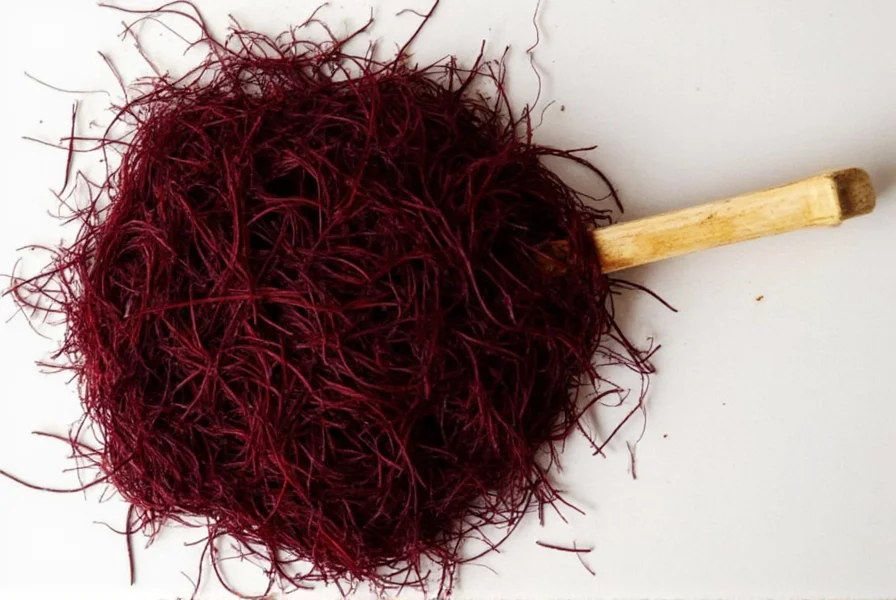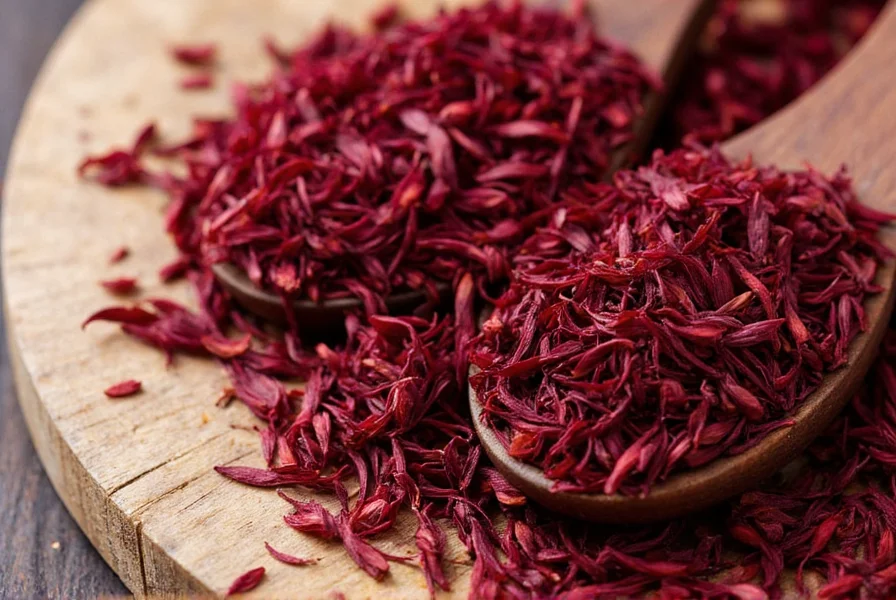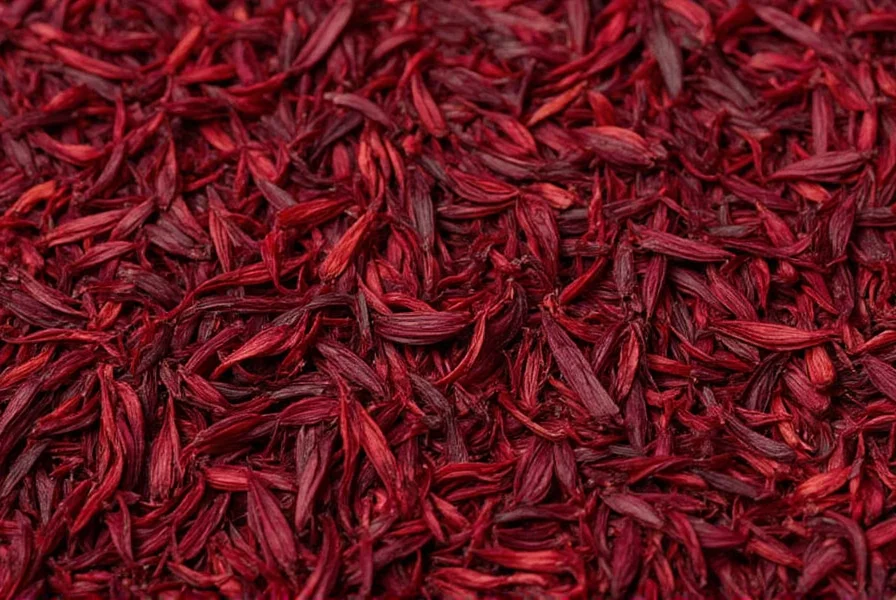Black saffron does not exist as a natural variety. Genuine saffron threads are deep red to dark orange in color. Products marketed as 'black saffron' are either mislabeled, dyed, or completely fake substitutes that may contain little to no actual saffron. This article explains why authentic saffron cannot be black and how to identify real saffron from common scams.
When shopping for premium spices, understanding what you're purchasing matters. Saffron ranks among the world's most expensive spices by weight, making it a frequent target for adulteration. Many consumers encounter products labeled as black saffron online and wonder whether this represents a rare variety or potential deception. Let's examine the facts behind this misleading marketing term.
Understanding Genuine Saffron Characteristics
True saffron comes from the dried stigmas of Crocus sativus flowers. Each delicate thread displays specific visual characteristics:
- Natural color ranges from deep crimson to vibrant orange-red
- Threads have a trumpet-shaped end (the 'pinhead')
- When soaked in warm liquid, they release a golden-yellow hue
- Fresh saffron emits a distinctive hay-like, floral aroma
No naturally occurring saffron variety produces black threads. The color transformation in genuine saffron follows a specific pattern: fresh threads appear bright red, gradually darkening to deep burgundy with proper storage, but never reaching true black.
Why 'Black Saffron' Represents a Marketing Red Flag
The term black saffron typically indicates one of three scenarios:
- Dyed counterfeit products - Often made from safflower, corn silk, or other cheap substitutes colored with synthetic dyes
- Overprocessed saffron - Genuine saffron that's been improperly dried or stored until degraded
- Complete mislabeling - Sellers confusing saffron with other dark-colored spices like black cardamom
| Characteristic | Authentic Saffron | 'Black Saffron' Products |
|---|---|---|
| Natural color | Deep red to orange-red | Black or unnaturally dark |
| Water test result | Yellow-orange coloring | Red or black discoloration |
| Aroma | Floral, honey-like | Chemical or absent |
| Price per gram | $5-$20+ | Suspiciously low ($1-$3) |
Common Saffron Scams to Recognize
Understanding how to identify fake saffron protects your investment and health. The most prevalent deception methods include:
1. The Dye Test Deception
Many sellers demonstrate a 'water test' where threads turn water black, claiming this proves authenticity. In reality, genuine saffron colors liquid yellow-orange. Black coloring indicates synthetic dyes - a clear sign of counterfeit product.

2. Misleading Grading Terminology
Some vendors invent fictional grading systems like 'black grade' or 'royal black' to justify higher prices. Legitimate saffron grading follows ISO 3632 standards with categories like:
- Category I (highest quality)
- Category II
- Category III (lowest quality)
No official grading system recognizes black saffron as a quality indicator.
3. The 'Rare Variety' Myth
Certain sellers claim black saffron comes from 'special cultivars' or 'exclusive harvests.' Botanical research confirms Crocus sativus produces only red-orange stigmas. Any 'black saffron' marketed as a rare variety represents deliberate misinformation.
How to Verify Authentic Saffron Quality
Follow these practical steps when buying saffron online safely:
Conduct the Water Test
Place a few threads in warm water. Authentic saffron gradually releases golden-yellow color over 15-20 minutes. Immediate black or red coloring indicates artificial dyes.
Examine Physical Characteristics
Look for:
- Uniform thread length (15-40mm)
- Visible trumpet-shaped ends
- Deep red color with orange tips
- No yellow styles attached (indicates lower quality)

Check for Proper Certification
Reputable sellers provide:
- ISO 3632 grading documentation
- Country of origin certification
- Batch-specific quality reports
Why Saffron Quality Matters Beyond Color
The value of saffron extends beyond visual appeal. High-quality saffron contains optimal levels of three key compounds:
- Crocin - Responsible for coloring strength (measured as Coloring Strength 190+)
- Picrocrocin - Creates the distinctive bitter flavor
- Safranal - Provides the characteristic aroma
Adulterated products often lack these compounds entirely, offering neither the culinary benefits nor potential health properties associated with genuine saffron.
Where to Source Authentic Saffron
To avoid black saffron scams, consider these purchasing guidelines:
- Purchase whole threads rather than powder (easier to adulterate)
- Choose reputable specialty spice merchants with transparent sourcing
- Verify产地 indications (Iran produces ~90% of world's saffron)
- Expect to pay $10-$20 per gram for premium quality
- Avoid products with suspiciously low prices or exaggerated claims
Remember that authentic saffron should never appear black, and products marketed as such represent either significant quality issues or deliberate deception.
Is black saffron a real variety of saffron?
No, black saffron is not a legitimate variety. Genuine saffron threads range from deep red to orange-red. Products marketed as black saffron are either dyed counterfeits, severely degraded saffron, or completely mislabeled products containing no real saffron.
How can I tell if saffron is authentic or fake?
Perform a water test: authentic saffron gradually colors warm water golden-yellow over 15-20 minutes. Immediate black, red, or purple coloring indicates artificial dyes. Also check for uniform thread length (15-40mm), trumpet-shaped ends, and a floral-honey aroma. Avoid products with suspiciously low prices.
Why do some sellers market 'black saffron'?
Sellers use 'black saffron' as a marketing tactic to differentiate their products and justify higher prices. This misleading terminology exploits consumer unfamiliarity with saffron characteristics. In most cases, these products contain little to no actual saffron and rely on artificial coloring to create the black appearance.
What should genuine saffron look like?
Authentic saffron consists of deep red to orange-red threads, typically 15-40mm long, with a distinctive trumpet-shaped end (the 'pinhead'). High-quality threads show uniform coloration with minimal yellow styles attached. When stored properly, saffron maintains its red hue without turning black.
How much should real saffron cost?
Premium saffron typically costs $10-$20+ per gram. Prices below $5 per gram often indicate adulterated products. Remember that it takes approximately 150,000 flowers to produce one kilogram of saffron, making extremely low prices economically impossible for genuine product. Be wary of 'black saffron' sold at suspiciously low prices.











 浙公网安备
33010002000092号
浙公网安备
33010002000092号 浙B2-20120091-4
浙B2-20120091-4